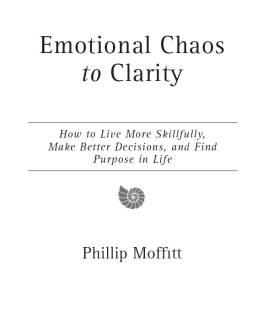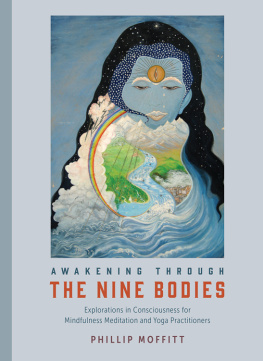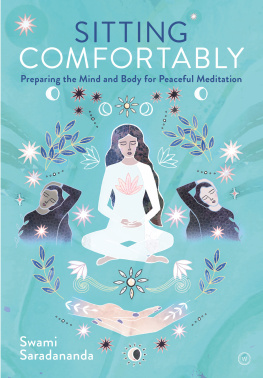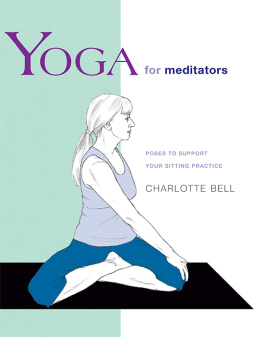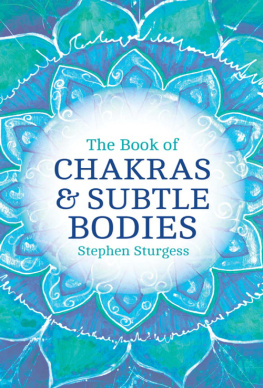
about the author
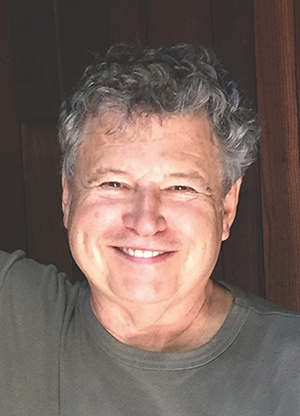
Phillip Moffitt is a Buddhist meditation teacher and writer based in the San Francisco Bay Area. He has served as co-guiding teacher at Spirit Rock Meditation Center since 2010 and leads meditation retreats throughout the United States. His teacher, the Venerable Ajahn Sumedho, inspired his book on the Four Noble Truths, Dancing with Life: Buddhist Insights for Finding Meaning and Joy in the Face of Suffering (Rodale, 2008).
Prior to immersing himself in the study of Theravadan Buddhism, Moffitt spent over ten years studying and practicing yoga with teachers in the Sivananda and Iyengar traditions. He has written numerous articles for both Buddhist and yoga magazines and journals.
In addition to teaching meditation, Moffitt is the president of Life Balance Institute, which he founded in 1995. In his work at the institute, he trains individuals and groups in the principles of values-based leadership and living with an emphasis on how to skillfully make major transitions. His book, Emotional Chaos to Clarity (Penguin, 2012), presents many of the principles that he uses in Life Balance work.
Before becoming a meditation teacher and founding Life Balance Institute, Moffitt was editor-in-chief and CEO of Esquire and led the successful turnaround of the magazine in the 1980s.
About North Atlantic Books
North Atlantic Books is the publishing arm of the Society for the Study of Native Arts and Sciences, a 501(c)(3) nonprofit educational organization that promotes cross-cultural perspectives linking scientific, social, and artistic fields. To learn how you can support us, please visit our website.
North Atlantic Books (NAB) is an independent, nonprofit publisher committed to a bold exploration of the relationships between mind, body, spirit, and nature. Founded in 1974, NAB aims to nurture a holistic view of the arts, sciences, humanities, and healing. To make a donation or to learn more about our books, authors, events, and newsletter, please visit www.northatlanticbooks.com.
acknowledgments
Many individuals have contributed to the birth of this book, sometimes in such improbable ways that it often feels as though I am merely the servant of a body of knowledge determined to stay preserved. Here are just a few. The adventure started with my good friend Nikki Lastreto arranging an introduction to Sri Swami Balyogi Premvarni when we were travelling in India together in the 1990s. Over the next three years, we twice returned to his ashram together. Nikki was instrumental as my guide to Indian culture. An editor who wishes to remain unnamed worked with me throughout the early years of writing this book. She pushed me to write from my own experience with the teachings and would repeatedly call me on anything that was not clear.
I twice went to Rishikesh and read what was then the finished manuscript to Balyogi, only to come back and start all over again. The editing and guidance tasks for the manuscript that you have read came about with the great help of my teaching colleague Anne Cushman, an author herself. Anne fully immersed herself in the third and final manuscript, which reflects her clear mind and intellectual discipline. It also reflects the input of Dana DePalma, who in month-long silent retreats intensively studied these teachings with me while I was still clarifying them in my own mind.
I owe a great debt to many others, including Anam Thubten Rinpoche for writing the foreword to this book. Jack Kornfield and Guy Armstrong, friends and teaching colleagues, read the final manuscript and made important suggestions. Chip Hartranft, who translated and wrote a book on Patanjalis Yoga Sutra that re-examines the text from both the Hindu and Buddhist spiritual traditions, also suggested corrections. Hisae Matsuda did an edit of the manuscript when I was planning on self-publishing the book. Not only did she do a great job of editing, her husband, Ramana Erickson, who grew up in a yoga ashram, was able to help with the translations on a particular illustration! It was Hisae who suggested to North Atlantic that they might want to publish the book, thus giving the book a much larger exposure than was my original intention.
The Nine Bodies is in some ways two books in one and this presented a great design challenge, which designer Gail Segerstrom masterfully handled. The book benefited from her patience and discipline as well as her creativity. Claire Auclavair took the photographs of Balyogis illustrations, and I deeply appreciate her skill and her generosity. Balyogis longtime student Gyana Bays was very helpful in providing historical perspective about Balyogi and his ashram.
Throughout these last years, it has been a struggle to balance my dharma meditation teaching and my work at the Life Balance Institute with the seemingly endless hours of writing and revising of this book. Jennifer Ward, program director here at the Life Balance Institute, managed the book project when it was to be self-published and then carried out all the negotiations when it moved to the publishing house.
My Buddhist teacher the Venerable Ajahn Sumedhos acceptance of the worthiness of this project provided much comfort during the years of doubt and frustration. While visiting him in Thailand at the monastery where he lives, I showed him the illustration called Luminous Consciousness in the Spiritual Heart. He looked at it steadily for some minutes in silence, and then looked up and said: I understand this, I do not need an explanation. Although brief, it was such validation for the immense time it was taking to create this book.
Of course, there would be no beginning or ending without Balyogi Premvarni. Not only did he fully share his teachings, he and his daughter Divya were also generous hosts at the ashram. Among many other kind actions at lunchtime, they repeatedly fed me the best dal I have ever tasted, and at the end of each long day of study, wonderful chai as the shadows replaced sunlight.
Appendix A
The Traditional Teachings on Levels of Being
In order to fully appreciate Balyogis teachings concerning the Nine Bodies, it is helpful to understand in more detail the historical teachings about the levels of being that have long existed in the Indian forest or mountain traditions of yoga.
In the classic yoga tradition, rishis living in the Himalayas taught that we each have three main Bodiesa Gross Body, a Subtle Body, and a Causal Body. The Gross Body is compared to ice, the solid phase of water. The Subtle Body is likened to water in its flowing, liquid form, such as a river. And the Causal Body is similar to steam, the form of water that is the most subtle and hardest to discern. Yet all threeice, a flowing river, and steamhave the same essence, H2O.
As discussed in Chapter 3, Balyogis Nine-Body system is a refinement and elaboration of this classic system. Throughout this book, I have used the word Level to refer to the different layers in the traditional Three Body system, in order to avoid confusion with Balyogis Nine Bodies. The chart below compares the two systems.
| Traditional System | Nine-Body System |
| Gross Level | Physical Body
Vital Body
Emotional Body |
| Subtle Level | Etheric Body
Astral Body
Intuitional Body |
| Causal Level | Spiritual Body
Divine Body
Cosmic Body |
In the traditional teachings, the Gross Level is made up of the elements of earth, air, fire, water, and ether (or akasha which translates into space), which combine to create bone, organs, and tissue. The Gross Level is experienced only during the time you are awake.
Next page

